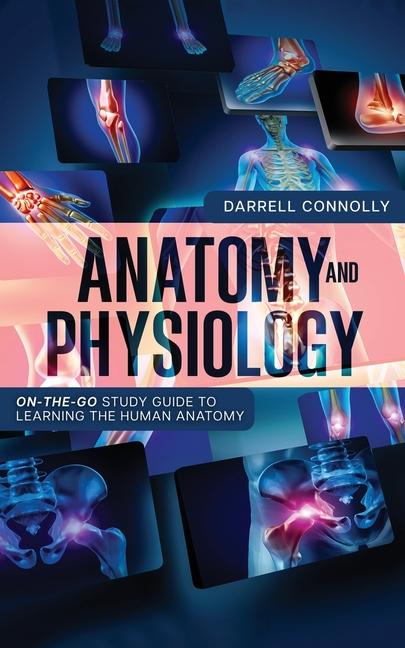Description
There's no denying the size of the task.
With over 200 bones and 600 muscles in the body, you must assimilate thousands of terms into your working vocabulary. Therefore, it's essential to understand more meaningful concepts to practice and communicate in the field.
The good news is that once you have a solid foundation, you will not only ace your upcoming exams and have more fruitful conversations with colleagues, but your learning will take off.
Learning new terms requires understanding their relationship with other terms and concepts.
After learning the language of bones, your understanding of the overall subject matter also increases, leading to the fast acquisition of new knowledge.
Yet, the biggest problem is the outdated teaching method most professors use to hammer the terms in your brain.
With our updated approach, you will memorize the terms twice as fast and more effectively.
A traditional textbook presents overwhelming information, making it hard to focus on the essentials alone.
Think about it. The average reading speed of most adults is around 200 to 250 words per minute. That's half a page, unfortunately, often filled with empty fluff.
What if there is a study guide that effectively organizes essential information while stripping out whatever isn't fundamental?
Anatomy and Physiology cover all the necessary terminology and are organized to eliminate the obstacles to learning. You'll discover:
- Q&As answering beginner's and expert's questions, reinforcing your learning from another angle.
- Grouped terminology by category to keep the context consistent and allow you to work with related words to concentrate your effort.
- Study tips specialized for memorizing anatomy and physiology concepts and terminology. (A few minor tweaks make all the difference!)
- A primer in Greek and Latin that demystifies why a term was named as it was (helping your understanding and memorization!)
- Listing of prefixes and suffixes necessary for understanding a term's function and its relationship to other vocabularies.
- Specialized sections on the skeletal system and regions of the body.
- Conceptual primers to help you see how everything fits together.
- Even specific music to make your study even more effective.
And much more.
Many nursing and medical students resist adding a study guide to their learning regimen, reasoning that they already cover the content in the core materials.
But you don't get bogged down in secondary information by extracting only the most essential part (i.e., the terminology, which establishes the foundation for learning everything else), meaning you get what you need most, fast.
Product Details
- Feb 21, 2024 Pub Date:
- 1950921441 ISBN-10:
- 9781950921447 ISBN-13:
- English Language




